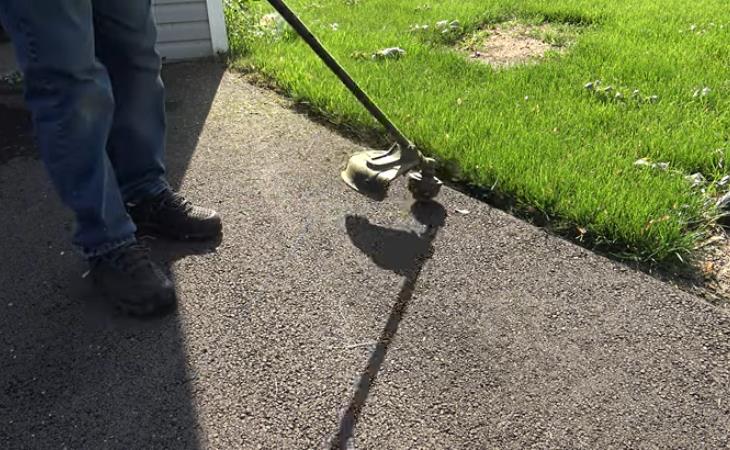
If you don't experience snow or your driveway is relatively new, the situation may not be so dire for you - the driveway is probably still looking fresh. But over time, the accumulation and melting of snow and ice cause cracks and even potholes in the driveway, and no one is coming to fix that for you.
The time to do it is now, over a weekend with no rain and temperatures higher than 50°F.

Necessities:
- Sealant (buy an extra bucket)
- An 18-inch squeegee
- A 4-inch brush
- Grass trimmer (string trimmer is best)
- Asphalt caulk/ crack sealer
- Trowel/ shovel/ scraper
- Cold tar mix and a stamper (for potholes only).
Optional and helpful:
- Leaf blower
- Pressure washer
- General degreaser
- Cones/ tape to mark the area.
Start 1-2 days ahead by turning the buckets upside down so they rest on the lid. When you open them, they will mix easier. Alternatively, buy a sealer that needs no mixing and skip the wait.
1. Cut the grass neatly near the driveway. Using a shovel or a trowel, push back the roots and dirt to reveal the edge of the driveway. Cut any grass that grows through cracks in the asphalt.
2. Use a broom, a leaf blower, or a pressure cleaner to clean the driveway to the best of your ability.
3. To remove greasy stains, use hot water and soap or a degreaser. Use a stiff brush to break up the stain.
4. Finish with a final rinse but avoid flooding the driveway.
Sealing cracks:
1. Clean the cracks of grit and grass. Use a screwdriver to clean the crack if needed. Sweep away any standing water there may be inside the crack with a broom.
2. Use the crack sealer to fill them up.
3. Flatten everything with a scraper or a trowel.
For larger cracks, you may need a rubberized sealant that only sets with a torch. This is a larger, hazardous project, and you may want to contact a contractor for that.
Sealing potholes:
This one is easier than you may think. You only need a stamper, a bucket of water, and some cold tar mix. This video will take you through the steps:
Let everything set for 24 hours.
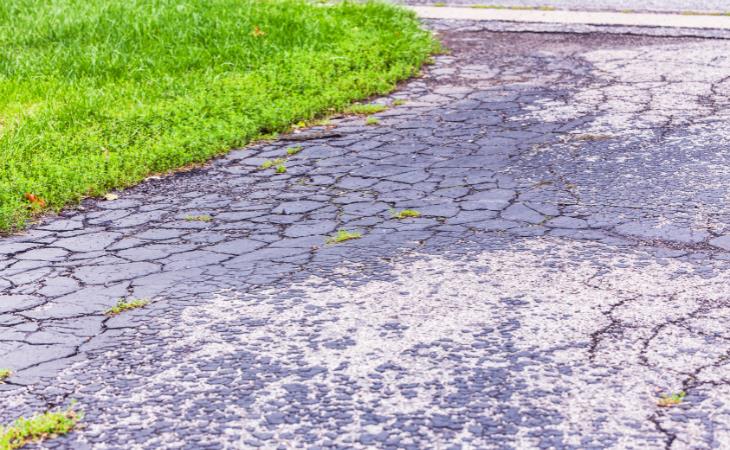
Start by covering the borders with a brush. Next, move on to spilling the sealer little by little straight from the bucket and spread it evenly across the driveway.
Apply minimal pressure and drag the squeegee in vertical and horizontal lines for an even spread.
If you're a visual learner, this guide is the one for you:
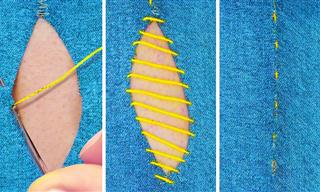 12:33
12:33
23 Clever Sewing Tips and Tricks to Make Your Life Easier
Take note of these cool and easy sewing hacks and crafts that can come in real handy for all of us.

5 Natural and Homemade Hairsprays for All Hair Types
Worried about using chemical-laded hairsprays for your hair? Try these DIY natural alternatives instead.

Old Pantyhose Can Be Used for So Many Surprising Things
Pantyhose rip so easily, but fortunately they can still be used around the house. Here are 14 handy uses for torn pantyhose.
 10:04
10:04
Even Venus Fly Traps Need a Place to Call Home
Who knew you could keep Venus Fly Traps at home? This gardener knows and shows the best way to do it!
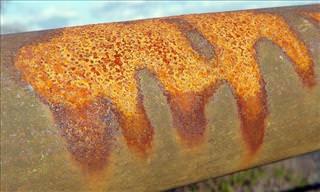
Remove Rust from Any Surface With These Cheap & Easy Tips!
Ugly rust will become a thing of the past, using these simple methods to remove it from metal surfaces and even clothes.
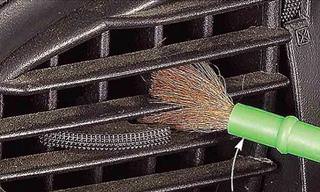
15 Great Tips for Cleaning Those Hard-to-Reach Spots
Have you ever skipped cleaning places and things around the house that were just too difficult to clean? Well, we have just the tips to help you with these spots!
 5:17
5:17
These Potatoes Will Definitely Make Your Dish Stand Out
Every great dish needs a great side dish to complement it. These Baked-twice potatoes are such a side dish.
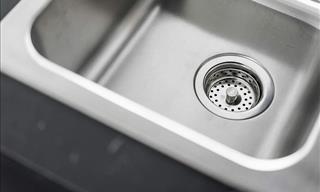
11 Things You Should NEVER Dump Into the Kitchen Sink
Even a garbage disposal won’t be able to handle these 11 things, so make sure to toss them directly into the trash instead of the kitchen sink

The One Ingredient in Shampoo that Damages Our Hair...
Most shampoos have at least this one ingredient that might damage your hair - protein.

Guide: How to Effectively Deal with a Dog Attack
These 15 tips will help protect you before, during and after a dog attack.
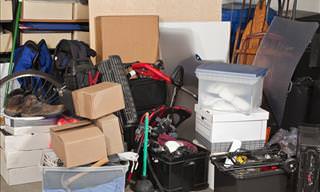
12 Clever Ways of Decluttering Your Home of All That Junk
Don't just throw away the junk you have at home, learn to reuse and recycle it the smart way with these 12 clever tips
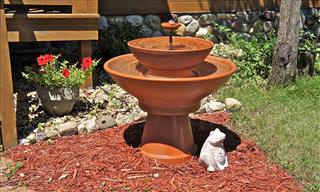
Re-purpose Your Old Clay Pots Into Something Special!
Clay pots are rather mundane things if there isn't something quite spectacular growing out of them, but you can use them to make something amazing...

GUIDE: How to Turn a Towel into a Monkey, Swan or Snake!
If you think you know how to fold towels, you're wrong! This is how you do it. Now you'll see what an art form it really is. These towel animals are ace!

This Is Why You Should NOT Reboil Your Water!
It can be tempting to reboil water for your hot drinks. But when ordinary water is over boiled or reboiled, the chemical compounds change for the worse. Learn about it here.

WARNING: These 6 Habits Are Damaging Your Teeth!
When brushing our teeth and going about our daily lives, we make mistakes that can damage them. Here are 6 of such mistakes.

These 10 Fantastic Life Hacks Will Make Your Life Easier
These life hacks will allow you to get things done quicker and generally make your life easier. Watch this informative video now.

Keep the Bedroom Cool in the Summer Heat with These Tips!
Getting a good night's sleep during the hottest summer months doesn't have to be a challenge. With these clever easy tricks, you'll sleep like a baby!

Don't Throw Out Old Makeup! Here's What You Can Do...
12 helpful uses you can put your expired or unsuitable makeup items

7 Common Bank Scams and How to Avoid Them
Banking scams continue to evolve with time, but with proper knowledge you can learn to avoid them.

8 Running Mistakes Most of Us Make
Just because you think you know how to run doesn’t mean that you’re doing it correctly – or effectively. Here are 8 mistakes people make when running.

10 Essential Sewing Tips You Cannot Do Without
Whether you are experienced at sewing, or a complete novice, here are 15 simple sewing tricks you won't be able to live without.
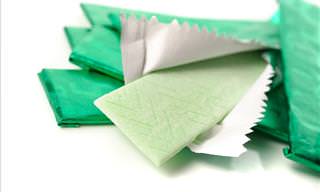
If You Have Gum on Your Clothes, Here's How to Remove It!
It's extremely annoying when you get a piece of chewing gum stuck to your clothes. Thankfully, there are many ways to remove it easily!

40 Common Tourist Traps to Avoid on Your Next Vacation!
If you're planning a trip abroad, please be aware of these 40 common tourist scams!

12 Fabulous Uses for Socks That Have Lost Their Mate
Here is a terrifically useful list of 12 handy ways that your odd sock or stocking can regain her purpose, get ‘out there’ and reinvent herself.
 15:50
15:50
These 27 Household Hacks Will Make Housework a Breeze
Doing housework can be such a drag sometimes, but these 27 household hacks are here to help!

8 Crucial Car Tips Everyone Should Know About
Learn 8 great car tips that are useful even after years of sitting behind a steering wheel!
 10:28
10:28
24 Zip Tie Hacks That'll Make Your Life Much Easier
Zip ties have an array of different uses. The following 24 zip tie uses will change your life for the better.

5 Surprising Health Benefits of Being Stressed
Can stress have a positive effect on your body and mind? Discover the health benefits of stress here.
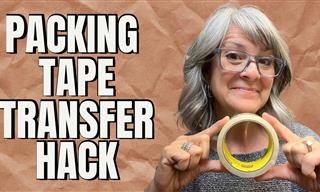 8:26
8:26
DIY Corner: A Cool Technique for Christmas Decorations!
This is how you can use packing tape to make a sticker out of anything. Sounds too easy? It truly is!
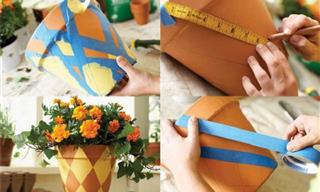
13 Great Ways to Decorate Your Potted Plants
Use one of the methods outlined in the following article to decorate your potted plants in an original way.

5 Home Remedies to Banish Mosquitoes From Your Life
Yo won't need to spend another cent on mosquito repellents once you have become acquainted with these natural ones!

Replace These Popular Drinks With These Healthier Ones!
The most popular cocktails contain alcohol and a lot of calories. Thankfully there are healthier cocktail alternatives. Take a look! The most popular cocktails contain alcohol and a lot of calories.
 3:38
3:38
Do You Know Why Wedding Rings Are Worn On the 4th Finger?
There's a specific reason why we all wear our wedding rings on our fourth fingers, and this informative video will explain the tradition behind it.
 1:17
1:17
A Better Way to Tie Your Gym Shorts or any Drawstring
Here's a nice new knot for you to try that is both incredibly strong and easy to do.

If You Value Your Health, Wash These 9 Foods Well
Are you washing these 9 foods correctly? Probably not!

13 Things to Do Immediately if Your Home Has Been Burgled
Has your house been broken into recently? This guide will help.

7 Items You Should Never Clean with Paper Towels
As useful as they are, paper towels are not fit for any task. Here are 7 items you should never clean with paper towels.
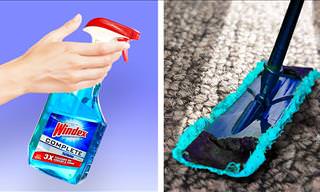 9:16
9:16
You Definitely Should Try These Amazing Cleaning Hacks
If blotches and stains are putting an dampener on how the interior of your home looks, be sure to learn these 20 unusual but super neat hacks.

The Ownership Effect: Have YOU Fallen Prey to It?
An article about the ownership effect, a psychological effect that causes us to overvalue the things we've owned.

How to Steer Clear of Germs While Grocery Shopping
Who knew grocery stores would become high-risk environments one day? This article explains how to shop safely during the COVID-19 epidemic

10 Natural Ways to Get Rid of Mice In Your House!
There are ways to deal with a mice infestation in your home in an efficient and humane way.
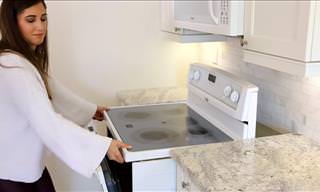 12:14
12:14
The 7 Dirtiest Spots in Your Home You Forget to Clean
Your home may not be as clean as you think. Here are seven dirty spots you are overlooking in your home

Shocking! How Thieves Steal Card Details at the ATM
Take note of some of the most common ways thieves will try to steal your credit card details.
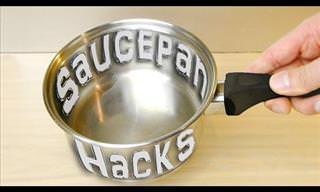 3:37
3:37
Your Saucepan is More Useful Than You Thought...
If only I had known these priceless kitchen hacks sooner!

9 Ways of Telling Branded Perfume From a Fake
Do you know how to tell a branded perfume from a fake? Well, you're going to be able to after you read these 9 handy tips.

4 Smart Ways to Keep Your Herbs Fresh
To help keep your herbs fresh and delicious for longer, we've compiled four tips for you.

If You’re Taking Apple Cider Vinegar, You Must Know This
There is a right and wrong way to take apple cider vinegar, and doing so incorrectly may not just be ineffective, it could be harmful to your health.



